Dear AIZOME Team,
I am writing this heartfelt letter to share my personal journey and the invaluable lessons I have learned throughout my 25-year battle with eczema. It has been a tumultuous rollercoaster ride, often leaving me feeling deeply burdened and questioning why my own body would betray me with incessant itching, embarrassing dandruff, and bleeding patches on my hands and face. During my darkest days, I felt like an outcast, plagued by a condition that seemed to define my entire existence. Yet, the issue runs deeper than individual experiences—I believe that many people with sensitive skin are poorly served by the healthcare system. Doctors, with their limited time, often resort to quick fixes that lead to long-term reliance on topical steroids and an exacerbation of the condition.
Four years ago, a campaign by AIZOME opened my eyes to a perspective I had never considered before. How do the textiles we come into contact with, the very fabric that touches our bodies day and night, affect our skin health? Intrigued, I embarked on a journey of exploration, delving into the realms of soaps, foods, lotions, and detergents. What I discovered was nothing short of transformative.
I am delighted to share that not only did AIZOME's indigo sheets bring me immense relief, but this shift in mindset also altered my entire attitude towards my condition. No longer do I perceive it as a debilitating disease; instead, I recognize it as a manageable condition—one that I have control over. I am thrilled to report that, apart from occasional outbreaks triggered by hotel soaps or bedding, my eczema has never been better.
Living with eczema presents its own set of challenges, and while dermatologists often focus on prescribing topical creams (which is by no means a criticism, given their time constraints), I discovered that there is no magical solution—at least not in my experience. It is crucial to consider other aspects of our daily routines, particularly the textiles we encounter. I am firmly convinced that textiles play a significant role, even though it is a widely ignored aspect. While there is plenty of information available regarding foods, soaps, and other items, I want to provide actionable tips to help effectively manage eczema.
Prevention is the key to managing eczema flare-ups. While topical creams offer temporary relief, addressing potential triggers and making lifestyle changes can significantly reduce symptoms. Yet, one factor often goes unnoticed—the textiles we wear and surround ourselves with. Just think about it: textiles constantly rub against our skin, from the moment we enter this world until we depart. It is only logical that they have an impact on our overall health.
The role of textiles in managing eczema cannot be overstated. Certain materials can irritate sensitive skin, leading to itching, redness, and discomfort. Opting for textiles that are gentle, hypoallergenic, and free from potential irritants is vital for maintaining healthy skin.
Let's address the big "no-no" first: polyester clothes and blends must be banned from your wardrobe, especially those that come into direct contact with your skin. I experienced the worst outbreak in my groin area, and I need not elaborate on the toll it took on my love life and the mental burden it imposed. I have exclusively embraced unbleached cotton, and I am overjoyed to report that I have had no outbreaks in that area for a full 18 months. I cannot stress enough how liberating it has been to release this mental burden.
Now, let's talk about bamboo. Paradoxically, it is often marketed as skin-friendly. However, from my personal experience, I urge you to conduct your research or take my word for it—bamboo is usually a cheap fiber that requires chemical breakdown to create yarn. The chemicals present in bamboo fibers are a nightmare for individuals with heightened sensitivity. (Check out this article)
Dark dyed textiles are another concern. AIZOME has taught me the importance of dyes. It makes sense if you think about it; the color of a textile has to come from somewhere, and most often, that somewhere involves coal tar or crude oil. There is a study demonstrating that individuals with contact dermatitis primarily react to the color itself. Ditch color for your undergarments and opt for unbleached cotton whenever possible.
Organic cotton is an excellent choice. Although I must admit that I have occasionally deviated from this rule due to the limited availability, organic cotton is grown without pesticides, ensuring no residual irritants remain.
The benefits of organic cotton are widely acknowledged in the medical community. It has been used for millennia and remains the best material, particularly for those of us with sensitive skin.
Understanding dyes is crucial. Dyes used in textiles often act as common irritants for sensitive skin. Research suggests that up to 79% of skin irritations can be attributed to dyes. When selecting clothing, choose garments made with natural, plant-based dyes, or consider undyed options to minimize skin irritation. AIZOME is one of the few companies offering plant-dyed products, and it is a shame that there aren't more. However, plant dyes have undoubtedly proven to be beneficial, and there are a few smaller labels out there championing this cause.
Here is a highly valuable tip: buying second-hand clothes can be advantageous for individuals with eczema. Over time, the repeated washing and wearing of garments diminishes the presence of potential irritants. As a result, second-hand clothes are less likely to cause skin reactions compared to newly purchased items.
Taking care of sensitive skin goes beyond topical treatments. By being mindful of the textiles we choose, such as opting for organic cotton and natural dyes, individuals with eczema can minimize potential irritants and promote skin health. Prevention and making informed choices about the fabrics we wear can significantly contribute to managing eczema effectively and improving overall well-being.
My personal journey is ongoing, and I will continue to navigate life with sensitive skin. However, I now view my condition as a guiding lighthouse that has led me to make healthier choices. I have endured extreme depression, as my eczema made me an outcast, and for the majority of my life, I lived in solitude. Two years ago, I ventured back into the world of dating and, for the first time in a long while, I have found a partner. I have ceased relying on antidepressants and feel truly great.
I sincerely hope that my letter helps other individuals facing similar challenges. I hold no animosity towards the medical community; rather, I acknowledge that the system often engulfs patients in a web of medications. Unless we educate ourselves and make better choices, I fear that many people will tread the same path. Please do not wait 20 years, as I did.
If you have any questions, please reply to this post. I am more than happy to share whatever knowledge and insights I have gained regarding textiles and eczema.
With much love from Oregon,
S.O.
Image: Avue Copyright, used by permission.




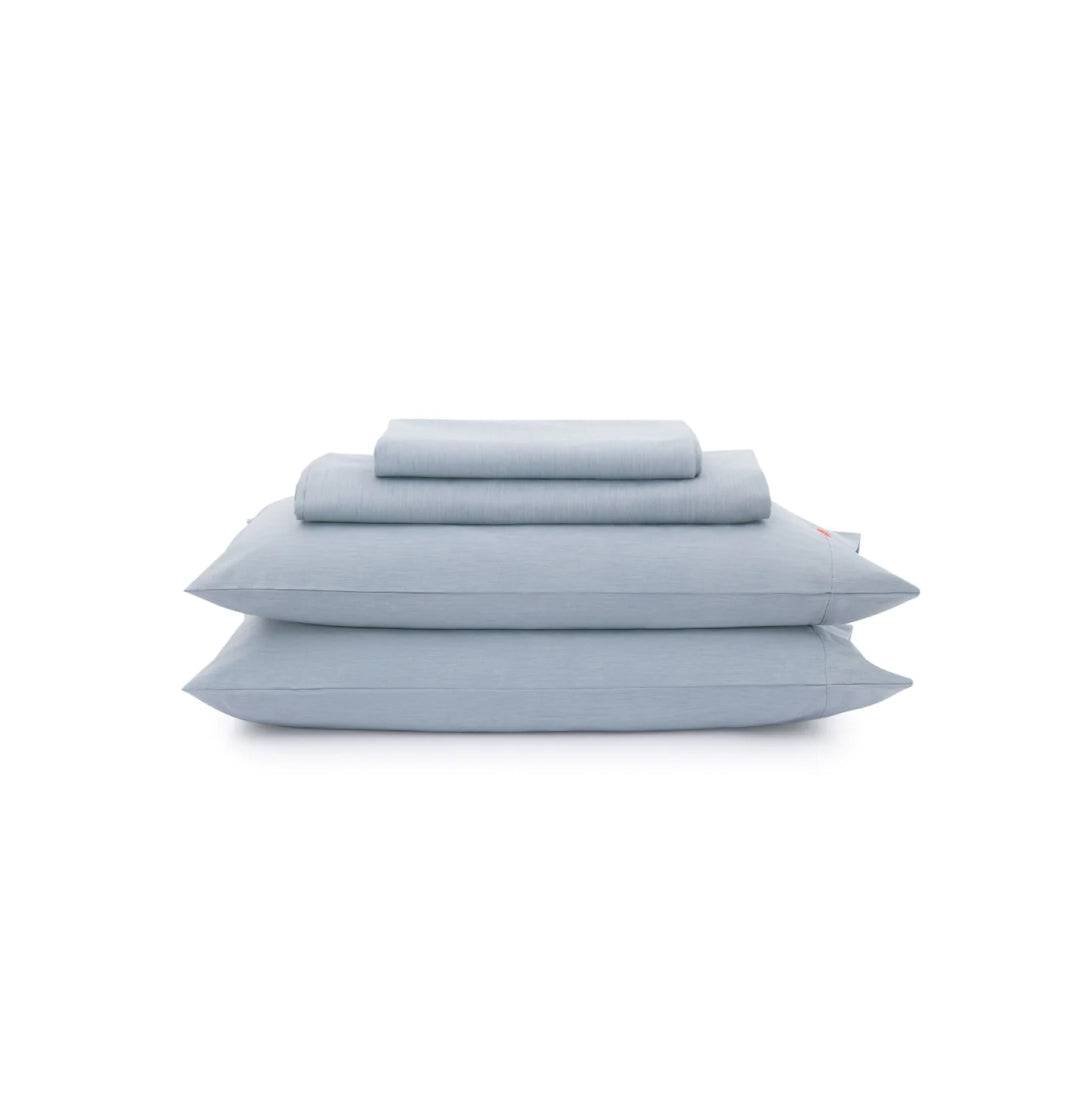

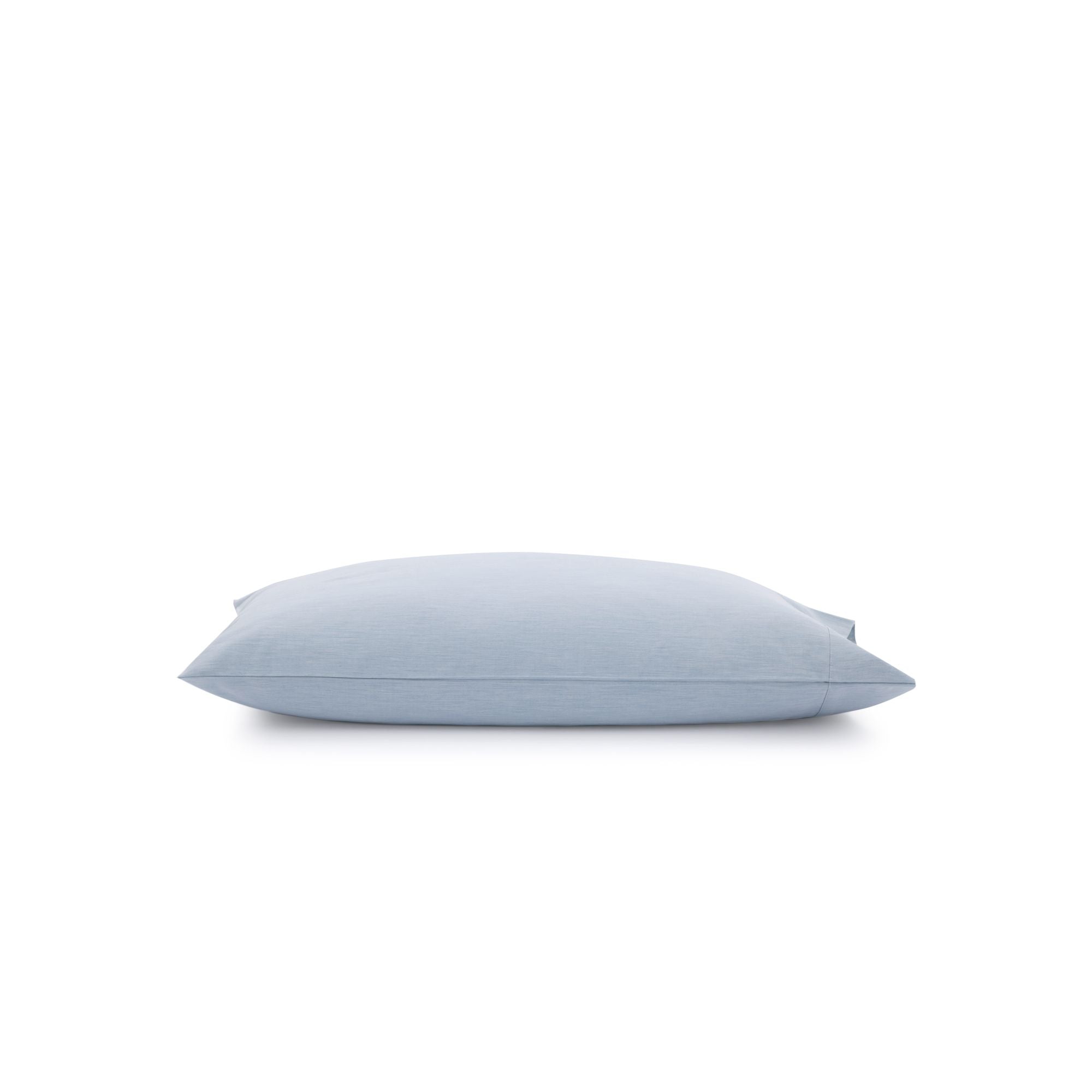
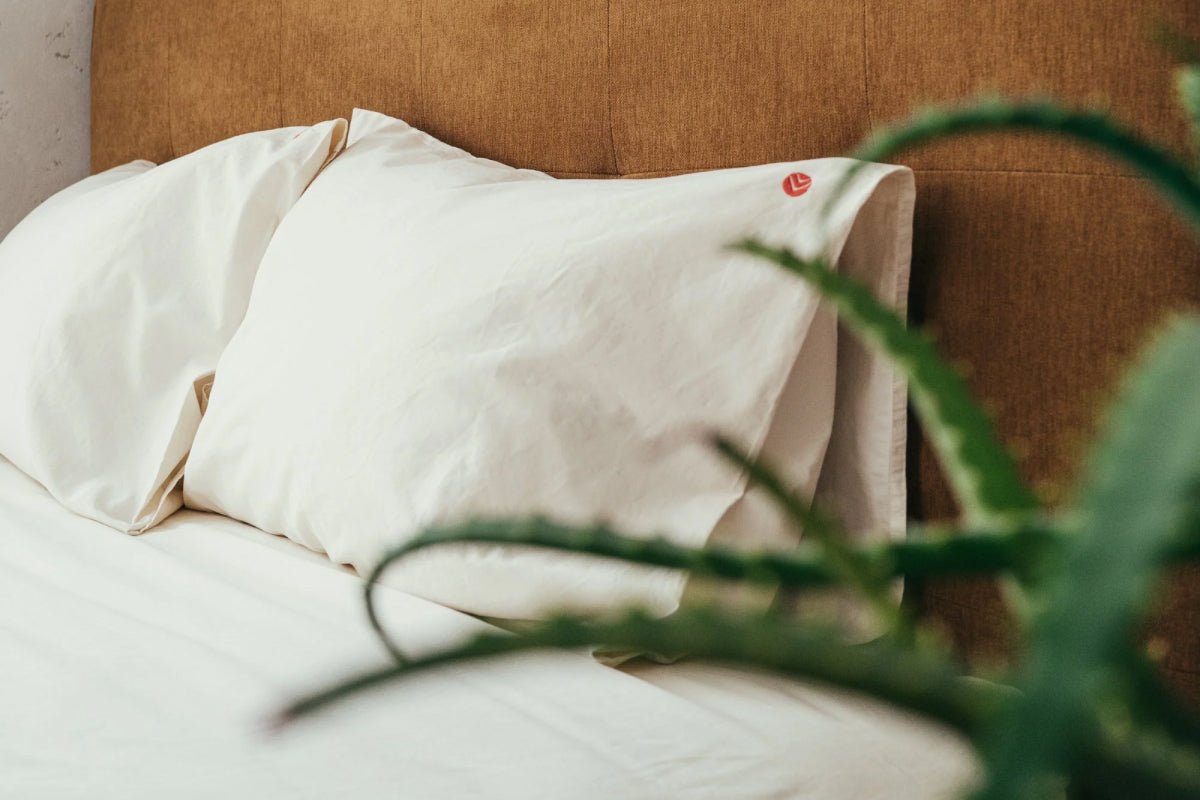 Bedding
Bedding
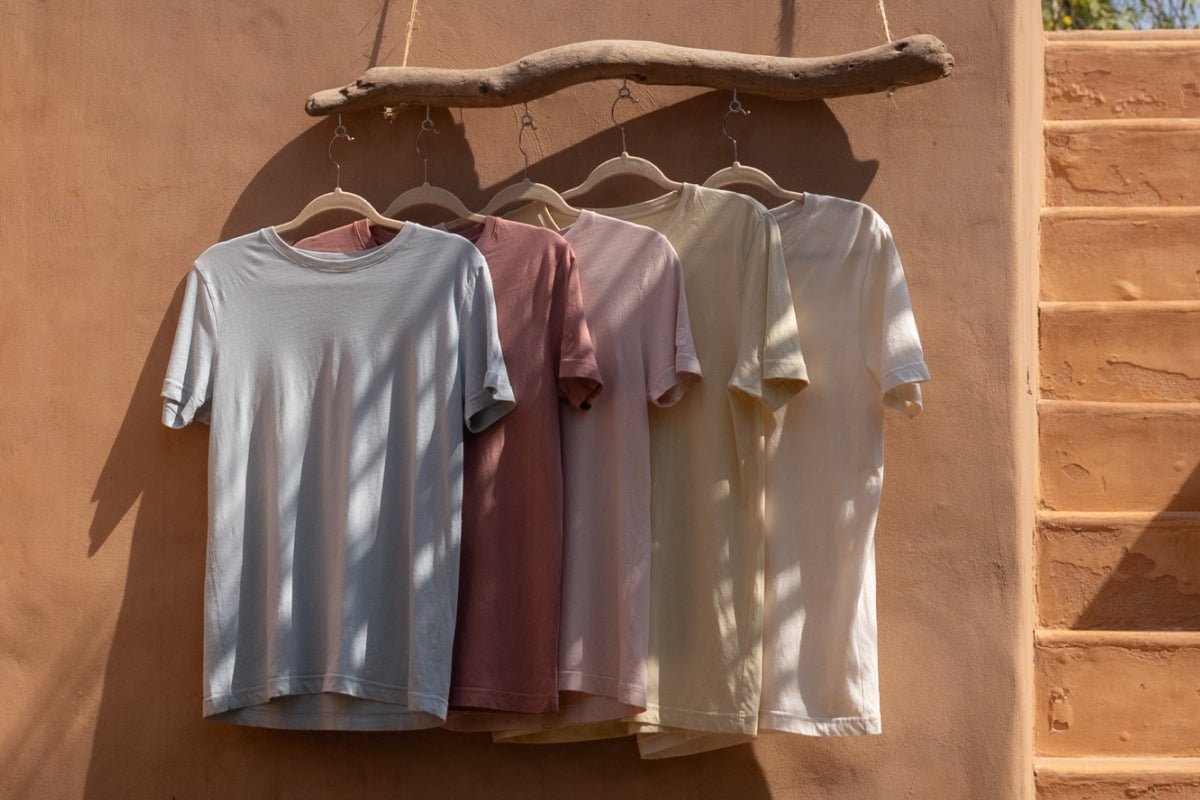 Clothing & Accessories
Clothing & Accessories
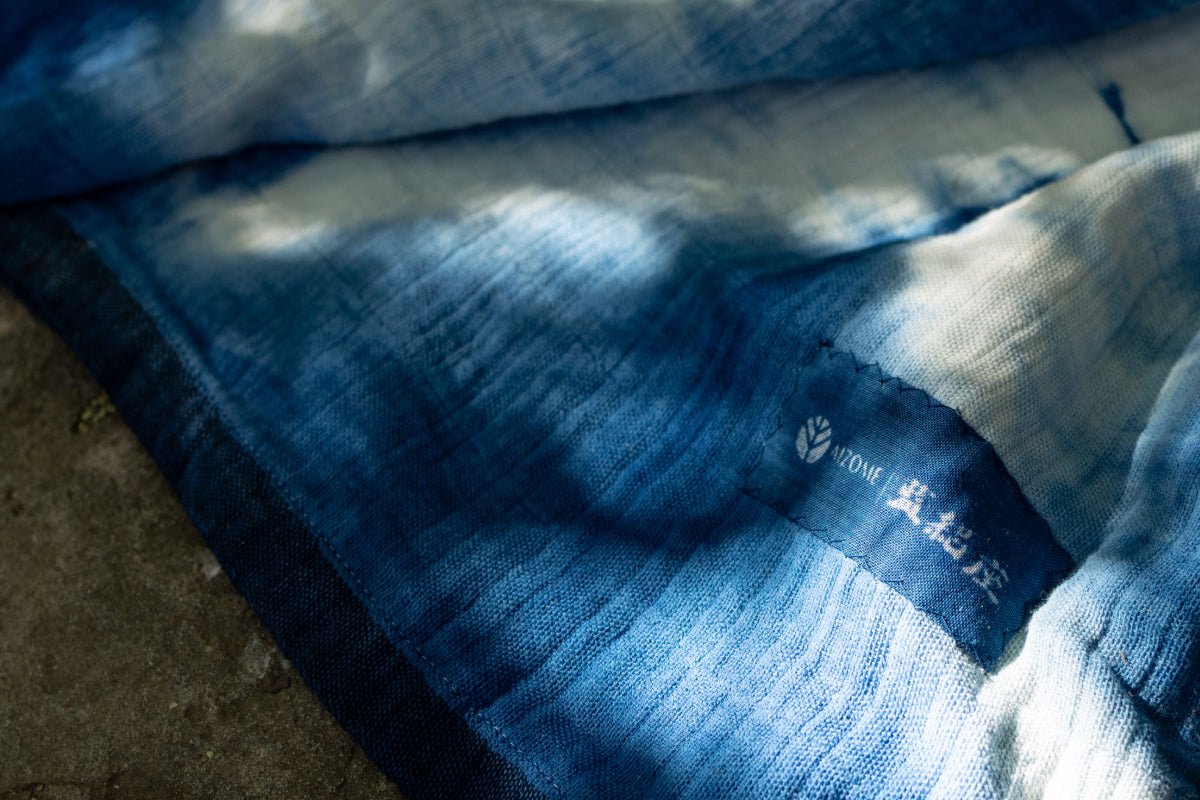 Artisan Line
Artisan Line



3 comments
intrinsic (allergic) eczema
Great insights! It’s always important to prioritize our health and well-being. The tips shared here are practical and informative, and I appreciate how they emphasize both physical and mental health. Looking forward to more content like this!
S.O.
Dear Martin,
Thank you for kind reply. I wanted to emphasize that perfection isn’t attainable. In my article, I didn’t delve into the fact that textile labels often mislead, omit vital information, or simply provide incorrect details. This is an entirely different labyrinth to navigate. The key isn’t to strive for flawlessness, as I myself make exceptions. However, the cumulative impact of choosing textiles more wisely can be immensely beneficial. Here’s a condensed summary:
1. Prioritize natural fibers such as unbleached cotton, linen, or silk—especially for garments that directly touch your skin.
2. Seek out hypoallergenic clothing or trusted brands like Cottonique.
3. Steer clear of synthetic fabrics like polyester, particularly when they come into contact with your skin.
Whenever feasible, opt for organic cotton.
4. Consider dye-free or plant-dyed alternatives.
5. Second-hand clothing can be less bothersome.
6. Lastly, it’s crucial to consciously decide where you can make exceptions based on your priorities. For instance, I highly recommend exploring options like the AIZOME bed sheets for a truly skin-friendly experience. On the other hand, for outdoor attire during inclement weather, a synthetic fiber jacket may be a practical choice.
I sincerely hope these pointers aid you in curating a wardrobe that promotes skin well-being. Should you require further assistance, please don’t hesitate to reach out.
Warm regards,
S.O.
Martin
Dear S.O.
Thank you for sharing your heartfelt letter and your incredible journey with severe eczema. Your experience sheds light on the often overlooked role of textiles in managing skin conditions. Your insights about the impact of different fabrics, dyes, and materials on sensitive skin are truly eye-opening. I’m curious to know if you have any specific recommendations or tips for incorporating these textile considerations into our daily lives. It seems hard, or impossible to do all of this at once. How can we effectively identify and choose textiles that are gentle, hypoallergenic, and free from potential irritants? Any guidance would be greatly appreciated.
Warm regards,
Martin
Leave a comment
All comments are moderated before being published.
This site is protected by hCaptcha and the hCaptcha Privacy Policy and Terms of Service apply.